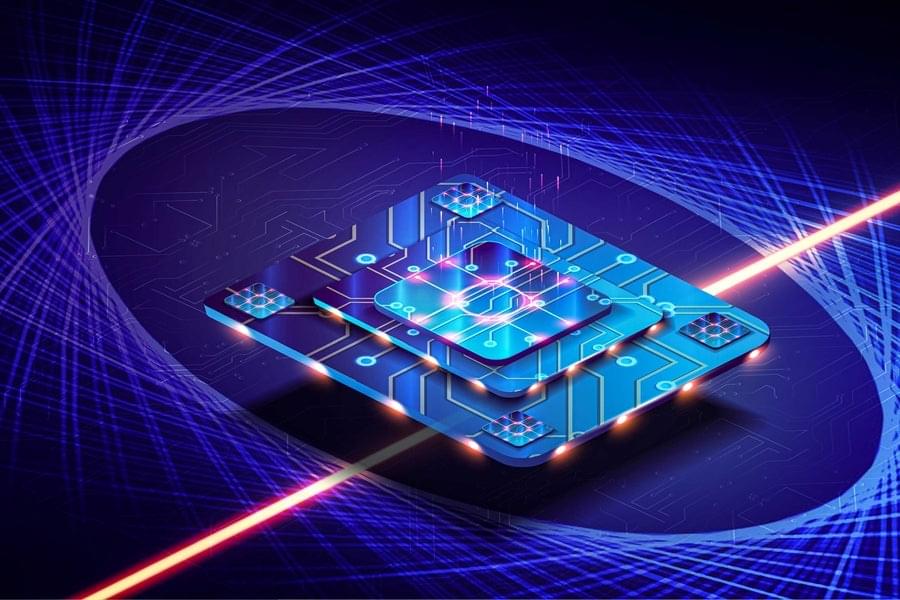It is unclear if this is an autonomous robot, but I want one.🤖
NEO Gamma is the next generation of home humanoids designed and engineered by 1X Technologies. The Gamma series includes improvements across NEO’s hardware and AI, featuring a new design that is deeply considerate of life at home. The future of Home Humanoids is here.
Website: www.1x.tech.
X: https://twitter.com/1x_tech.
LinkedIn: / 1x-technologies.
Instagram: / 1x.technologies









